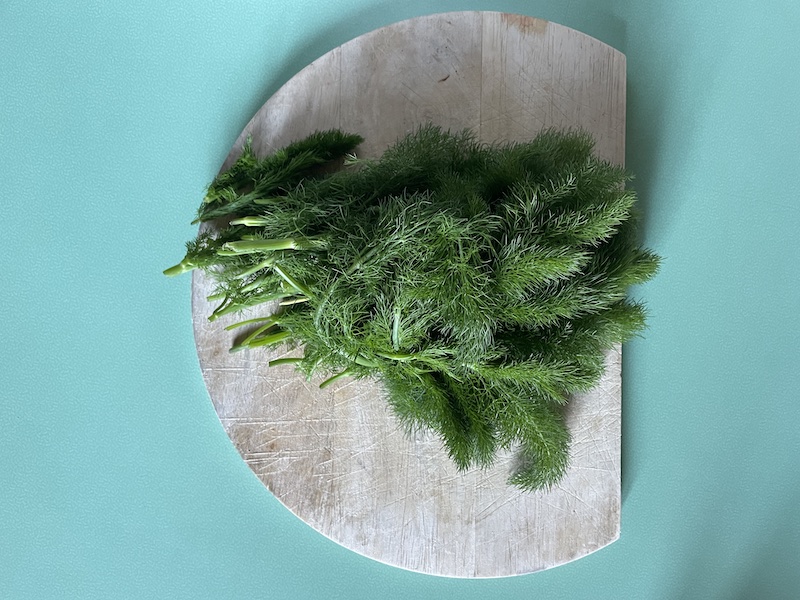Dill and fennel are two popular herbs that are commonly used in many cuisines around the world. While they may seem similar in appearance and taste, there are some notable differences between these two herbs. In this article, we will explore the similarities and differences between dill and fennel.
Similarities between Dill and Fennel:
- Appearance: Both dill and fennel have long, feathery leaves that resemble thin, delicate fronds.
- Flavor: Dill and fennel have a similar taste, with a slightly sweet and mildly anise-like flavor.
- Culinary uses: Both herbs are commonly used in cooking to add flavor to a variety of dishes, including soups, stews, sauces, and salads.
Differences between Dill and Fennel:
- Plant family: Dill belongs to the Apiaceae family, which includes carrots, parsley, and celery. Fennel belongs to the Apiaceae family as well, but it is a different species than dill.
- Growth habit: Dill is an annual herb that grows up to three feet tall, while fennel is a perennial herb that can grow up to six feet tall.
- Culinary uses: Dill is commonly used in Scandinavian and Eastern European cuisine, while fennel is more commonly used in Mediterranean cuisine where it grow and originally came from. Dill is often used in pickling and as a garnish for fish dishes, while fennel is used in a variety of dishes, including salads, soups, and as a flavoring for meats and vegetables.
- Aroma: While both herbs have a slightly sweet and anise-like flavor, dill has a stronger aroma than fennel.
In terms of nutritional benefits, both dill and fennel are rich in vitamins and minerals. Dill is a good source of vitamin C, calcium, and iron, while fennel is high in fiber, potassium, and vitamin C.
In conclusion, while dill and fennel may appear similar in appearance and taste, they belong to different plant families and have distinct growth habits and culinary uses. Both herbs offer unique flavors and nutritional benefits, making them valuable additions to any kitchen.

